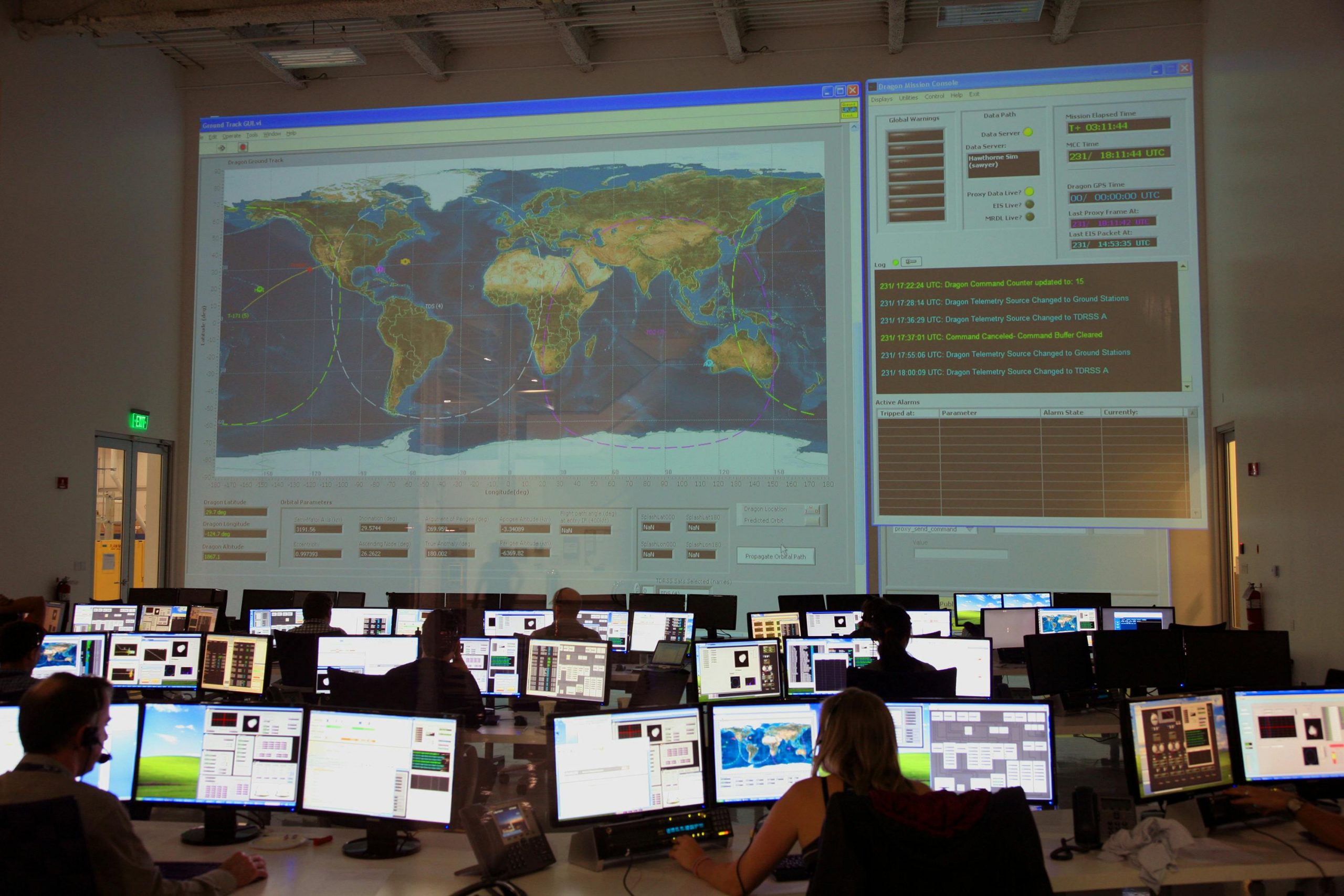When assessing a community’s risk of extreme weather, policymakers typically rely on global climate models that can project future climate conditions at a coarse resolution over decades or even centuries. However, these models may not provide specific predictions for individual cities like Boston.
To better estimate Boston’s future risk of extreme weather, such as flooding, policymakers can combine the predictions from coarse models with finer-resolution models tuned to assess the likelihood of damaging floods as the climate warms. However, the accuracy of this risk analysis depends on the accuracy of the initial coarse climate model predictions.
Themistoklis Sapsis, the William I. Koch Professor and director of the Center for Ocean Engineering at MIT, and his team have developed a method to improve the predictions from coarse climate models. By integrating machine learning with dynamical systems theory, their approach adjusts a climate model’s simulations to generate more realistic patterns on a large scale. When combined with smaller-scale models to predict specific weather events like tropical cyclones or floods, this approach yielded more accurate predictions for the frequency of such events in specific locations over the next few decades.
Sapsis highlights that the new correction scheme is versatile and can be applied to any global climate model. Once corrected, these models can help identify where and how often extreme weather events will occur as global temperatures rise in the coming years.
Climate change is expected to impact all aspects of human life and the environment, making accurate predictions of extreme weather crucial for preparedness and effective engineering solutions. The team’s method offers a promising approach to achieve this goal.
The results of the study, with MIT co-authors postdoc Benedikt Barthel Sorensen and Alexis-Tzianni Charalampopoulos, appear in the Journal of Advances in Modeling Earth Systems. The research was conducted in collaboration with Shixuan Zhang, Bryce Harrop, and Ruby Leung of the Pacific Northwest National Laboratory in Washington state.
Enhancing Climate Models
Current large-scale climate models simulate average temperature, humidity, and precipitation worldwide on a grid basis. While these models require significant computational power, they do not capture smaller-scale phenomena like clouds or storms. To address this limitation, scientists typically attempt to refine a model’s underlying equations.
In contrast, Sapsis and his team’s approach corrects a model’s output by incorporating an algorithm that adjusts the simulation to better reflect real-world conditions. This algorithm, based on machine learning, analyzes historical data on temperature, humidity, and other weather features to learn fundamental dynamics and improve the model’s predictions.
The team tested their method by correcting simulations from the Energy Exascale Earth System Model (E3SM), a climate model operating at a resolution of 110 kilometers. The corrected model produced climate patterns that closely matched observations from the past 36 years, demonstrating the effectiveness of the new approach.
Future Applications
By combining the corrected coarse model with a finer-resolution model of tropical cyclones, the team successfully reproduced the frequency of extreme storms in specific locations globally. This approach holds promise for understanding how extreme events like forest fires, floods, and heat waves will evolve in a changing climate.
Support and Acknowledgments
This research was supported in part by the U.S. Defense Advanced Research Projects Agency.





















